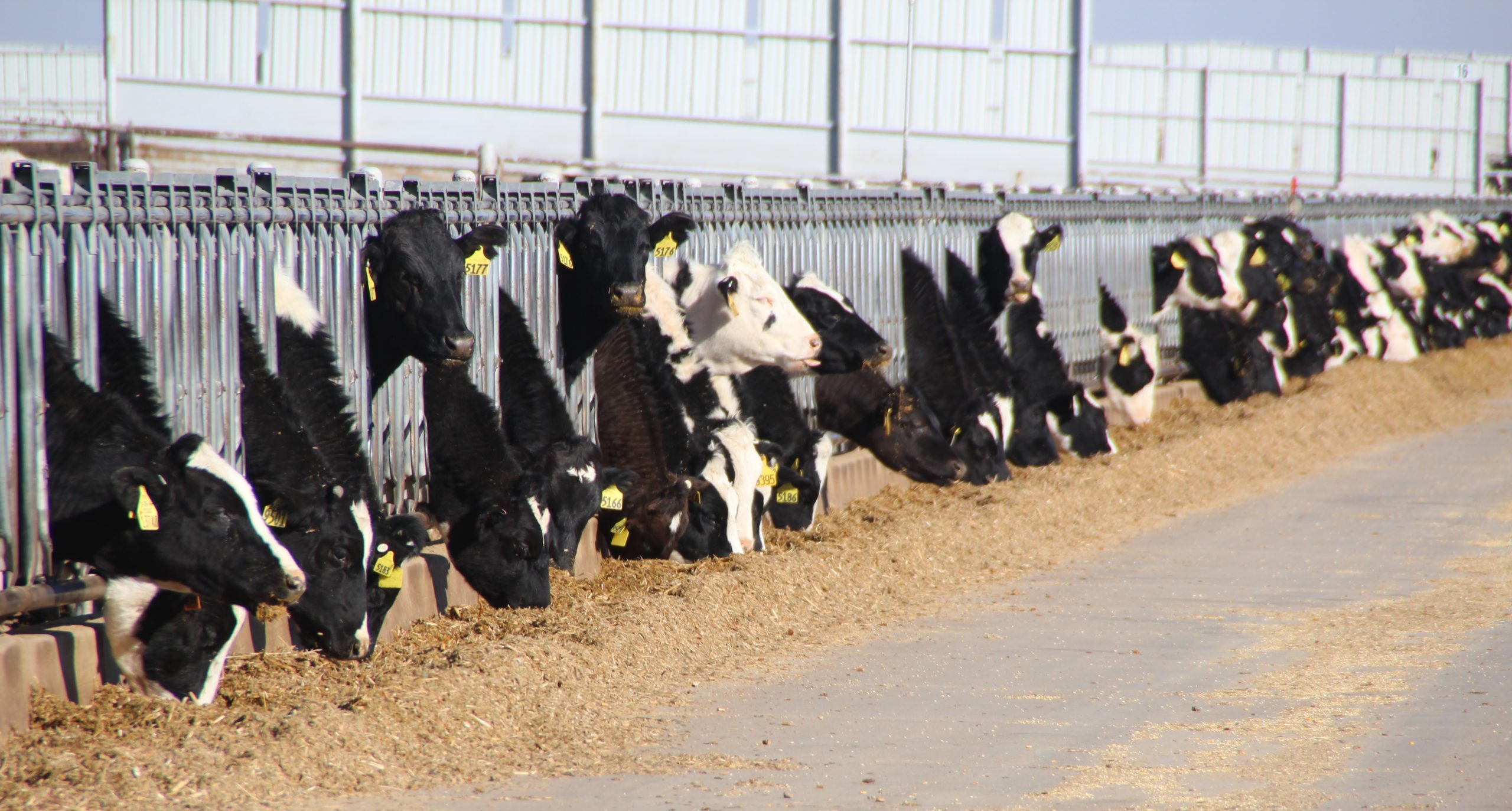
The U.S. Department of Agriculture is re-emphasizing the importance of biosecurity on dairy farms as new reports identify a variety of ways the highly pathogenic avian influenza, specifically avian influenza virus type A (H5N1), can infect dairy herds and nearby poultry operations. Potential pathways include the movement of animals and people and the sharing of vehicles and equipment.
“The spread of H5N1 between states is linked to cattle movements (versus independent wild bird introduction) with further local spread between dairy farms in some states,” the Animal and Plant Health Inspection Service said in a national epidemiologic brief released recently.
There is “no genomic or epidemiologic evidence that wild birds are spreading H5N1 to cattle,” APHIS said, “but [that] cannot be ruled out.”
“Biosecurity now on farms is absolutely paramount,” said Gregg Doud, president and CEO of the National Milk Producers Federation. “If you are a dairy farm in proximity to a poultry or turkey farm or egg-laying farm, you must enhance your biosecurity.
“The days are over when you can have that feed truck or that fuel truck go to your dairy farm first and then stop by at the poultry farm on its way back. That cannot happen in this day and age of dealing with H5N1.”
Doud said his members have been working closely with USDA’s APHIS to make sure that they understand how the disease may be spreading between birds and cows and, in a handful of cases, people.
One of the challenges is that some cows don’t show any immediate symptoms.
“You have a cow that you think is fine, or at least early on,” Doud explained. “If you moved her and hooked her up to the new milking machine, all of a sudden you’ve affected other cows.”
Typically, the harshest impact of the H5N1 virus is on older cows, who are “later in lactation, that will go down for seven or 14 days and go off eating and quit milking,” Doud said.
“What we’re seeing is within about 45 days, the vast, vast majority of them are back up and running again and doing fine. In just a handful of cases, we’ve lost some cows, but typically those cows had a lot of other things going on other than just this virus.”
Since April 29, a federal order has required testing of lactating dairy cattle for HPAI prior to moving them across state lines and reporting of positive nucleic acid detection and serology results for livestock to APHIS.
At least 22 states have also issued restrictions on the importation of dairy cattle, according to the American Veterinary Medical Association. These include Alabama, Arizona, Arkansas, California, Delaware, Florida, Hawaii, Idaho, Kansas, Kentucky, Louisiana, Maryland, Mississippi, Nebraska, New York, North Carolina, Oregon, Pennsylvania, South Dakota, Tennessee, Utah and West Virginia. State-specific restrictions on cattle movement must be followed in addition to federal requirements. If and where a particular state’s requirements are more restrictive than the federal order, that state’s requirements must be followed.
In the meantime, USDA researchers continue to look for more evidence and answers.
A separate USDA paper that looked at 15 affected dairy herds and eight poultry flocks identified “shared employment, housing or movement of employees” as a potential transmission route from the dairies to the flocks.
“Approximately 22 employees of three poultry flocks worked weekend shifts at two different dairy premises,” the paper said. “Shared housing between dairy and poultry workers was identified between three poultry premises and two dairy premises. It is also possible that dairy employees have social contact with poultry premises employees.” Testing has confirmed infections in almost 100 herds in 12 states since the virus was first identified in Texas in late March. The department also has announced a voluntary herd status program that aims to encourage surveillance testing in states.
USDA’s national incident coordinator in APHIS veterinary services, Mark Lyons, said APHIS is having conversations with about 20 states seeking to join the program.
Based on a questionnaire from about half of the affected premises, APHIS identified three “key factors” that put farms at risk, Kammy Johnson, an APHIS veterinary epidemiologist, said on a call with reporters recently.
First is “the use of shared equipment and vehicles that aren’t always properly cleaned prior to use,” she said.
Another potential pathway includes “people who have inadvertently carried a virus on their clothing or boots, similar to the way the equipment and machinery carry the virus,” she said. “That includes shared personnel between farms, as well as frequent visitors on and off the farm during business practices who have direct contact with livestock.”
Third, she identified “animal movement itself,” stressing that “enhanced biosecurity at this time is really critical to stop the spread of H5N1 between dairies and that subsequent spillover to domestic poultry” and other animals.
The brief goes into more detail, noting that more than 60% of affected dairy farms continued to ship cattle off-site even after clinical signs of infection were detected, including “abnormal lactation” or decreased feed consumption.
The presence of other species on farms is another potential route of transmission. More than 80% of affected farms have cats, and at more than half of those, sick or dead cats were observed.
In addition, more than 50% of the farms “used trucks and trailers that are shared with other farms to transport livestock within 30 days prior to onset of clinical signs; and [more than] 50% of farms that used shared vehicles do not clean vehicles prior to use,” the brief said.
In the Michigan paper, APHIS said H5N1 arrived initially via cows shipped from Texas. After that, the spread of the virus within the state “is likely due to indirect epidemiological links related to normal business operations such as numerous people, vehicles and other conveyances frequently moving on and off the affected dairy premises, with many of these indirect links shared between premises.”
Editor’s note: Sara Wyant is publisher of Agri-Pulse Communications, Inc., www.Agri-Pulse.com.



